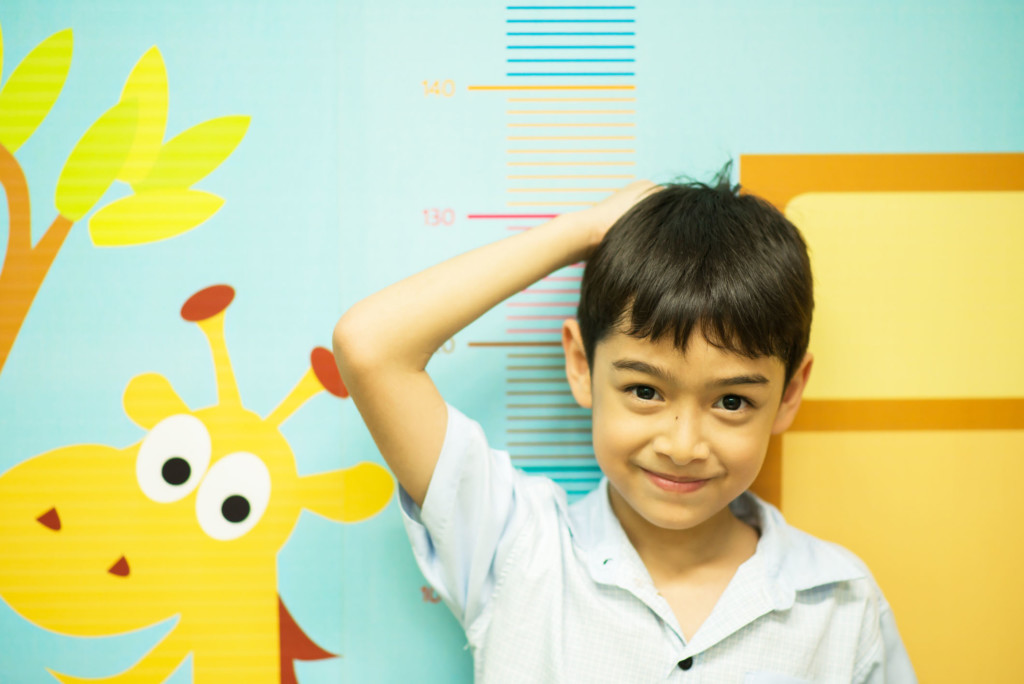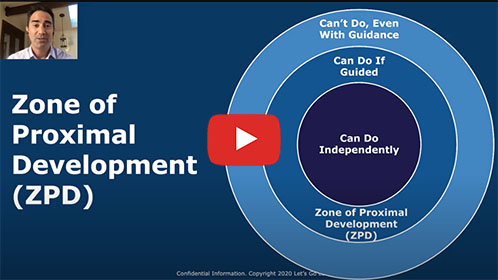Introduction
The ultimate goal of our educational system is to provide students with equitable school experiences that integrate academics, positive behavior, and community collaboration. But just a quick look at the graphic below from 2019 NASBE survey findings illustrates the conundrum that all teachers face – too many priorities and too little time (NASBE, 2019).
The evolution of emotional intelligence to Social-Emotional Learning (SEL) has re-ignited hope in our education system as we struggle to deal with the challenges of equitability, the pandemic and unfinished learning, and issues that impede the progress of diverse students with and without disabilities. For example, the 2011 meta-analysis of 213 K-12 SEL programs found that: “Compared to controls, SEL participants demonstrated significantly improved social and emotional skills, attitudes, behavior, and academic performance that reflected an 11-percentile-point gain in achievement (Durlak et al, 2011). LGL’s online math and ELA/reading assessments and curriculum are designed with SEL in mind.
Learn more about education reform
LGL SEL-Design Characteristics
Let’s Go Learn’s assessment and curriculum design provides multiple embedded SEL-characteristics:
- Assessments that adapt to student performance thus reducing anxiety and building confidence
- Mastery of foundational math and ELA/Reading concepts through intelligent scaffolding, problem solving, and ongoing progress monitoring
- Engagement with direct instruction that combines music and lyrics, animation, characters that represent diversity and cultural relevance
- Personalized learning paths based on diagnostics and formative assessment
- Instruction that occurs at each student’s Zone of Proximal Development
- Digital experience that set the same high expectations for every student
- Preparation for the requirements of college and career
Learn more about how Let’s Go Learn’s assessment and curriculum platform helps social-emotion learning
More info...LGL’s Adaptive Diagnostics in Math and ELA/Reading: Adapt to student performance and can be taken at student’s own pace
LGL’s adaptive diagnostic assessments are online and reside on our AI system. In general, if the assessment is taken in one sitting, it would take between 1 and 2 hours. However, students can take assessments at their own pace so that teachers have a clear idea of strengths and gaps. Our diagnostics break standards apart, identify student learning gaps, and then automatically create each student’s learning path.Our design approach recognizes that schools and districts may eliminate time limits for certain student groups. Our assessments bookmark where a student leaves off, so teachers can elect to have students do the assessments in sections or classroom periods. Teachers can review reports with students and discuss goals and steps towards these goals, offering student choice and increasing intrinsic and extrinsic motivation.
What is the ideal educational content and rigor for each student?
Learn more
in this 6-minute video.
Instruction at the Zone of Proximal Development: Each student gets instruction at the perfect level for optimal learning
The zone of proximal development is the ideal place to teach new knowledge to students, allowing them to comprehend the subject matter, thrive, and then develop their own expertise and higher-level thinking. The best way to find a student’s ZPD is to assess a student’s level of knowledge and understanding before teaching begins, and to continue assessing periodically to make sure the student is on track with what is being taught. Imagine how having instruction designed for a student’s personal ZPD changes their educational experience.
LGL’s Personalized Learning Paths
LGL’s highly effective, standards-aligned personalized learning paths support effective closing of learning gaps and acceleration of learning skills. Because the paths are personalized, each student gets precisely what they need to progress at their own pace. Learning paths are:
- Driven by diagnostic data to create fully automated personalized learning paths for each student
- Composed of evidence-based supplemental intervention lessons and teacher resources in reading and math
- Adaptable up and down to find each student’s zone of proximal development in 7 sub-tests of reading and 44 sub-tests of mathematics. This adaptive logic is based on the student’s ability and not their grade level
- Written using deficit gap-driven Specially Designed Instruction for students with IEPs and diverse learners
LGL’s Progress Monitoring through Formative Assessments and Diagnostics
What builds self confidence more than witnessing personal growth? Much like the growth charts that parents use to mark a child’s height, LGL’s progress monitoring not only ensures that an instructional path is appropriate and supportive, it allows the teacher and student to celebrate learning. We recommend that assessments be administered at the beginning, middle and end of the school year to provide a picture of learning progress but to inform teachers when a particular path needs to be updated.

Resources
Brackett, M.A. & Rivers. (2013). “Transforming Students’s LIves with Social and Emotional Learning.”
https://www.casciac.org/pdfs/Brackett&Rivers_2013_SELChapter.pdf
Cherry, Kendall. (2021). “What is the Zone of Proximal Development?”
https://www.verywellmind.com/what-is-the-zone-of-proximal-development-2796034
Durlak, J.A. et al. (2011). “The Impact of Enhancing Students’ Social and Emotional Learning: A Meta-Analysis of School-Based Universal Interventions.”
https://www.adolescentwellness.org/wp-content/uploads/2011/06/11-point-test-improvement-Academic-SEL-Social-Emotional-Learning.pdf
Let’s Go Learn Blog (2020). “What is the Zone of Proximal Development?”
https://www.letsgolearn.com/assessment/what-is-the-zone-of-proximal-development/
Jones, S. M. et al. (). “Promoting Social and Emotional Competencies in Elementary School” In Social and Emotional Learning, The Future of Children, p. 49.
https://futureofchildren.princeton.edu/sites/futureofchildren/files/media/foc_spring_vol27_no1_for_web_0_0.pdf
National Association of School Boards of Education. (May 2019). “How to Talk about Social and Emotional Learning with Community Influencers.”
https://nasbe.nyc3.digitaloceanspaces.com/2019/04/NASBE_SELnetworkSurveyFindings_FINAL_April-2019.pdf



Leave A Comment